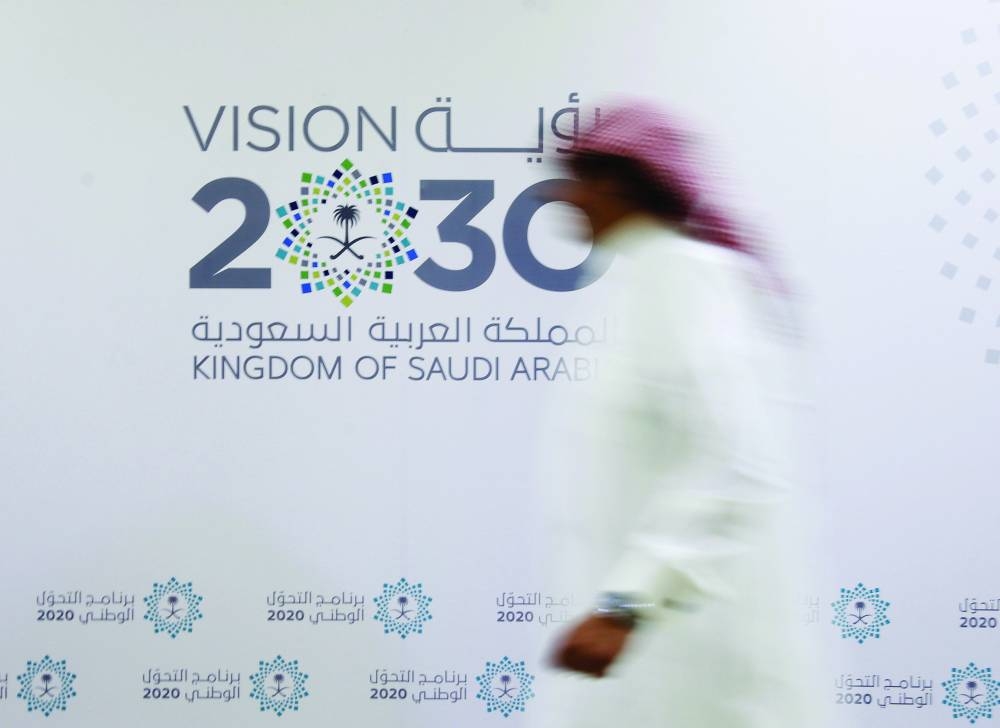S&P Global Ratings said yesterday that rapid credit growth in Saudi Arabia has reduced banking liquidity and it was unclear whether the government would boost deposits with the banking system to lessen pressure.
While corporate lending is seen picking up due to projects linked to the “Vision 2030” agenda to diversify away from oil, “funding availability will likely be a constraint for the first time in a while,” S&P said in its Saudi Banking Sector 2023 Outlook.
Credit growth, which rose rapidly in the low-interest rate era, is seen slowing, along with mortgage loan growth, amid rising rates and as the market saturates.
The Saudi banking sector’s loan-to-deposit ratio rose to 102% in the third quarter of 2022 from 85% at the end of 2018, “owing to lagging deposit growth, mostly from the private sector,” S&P said, noting that term deposits barely increased in that period due to low interest rates.
“At the same time, Saudi investors have been increasingly investing in foreign stocks,” the ratings agency said, estimating that the $600bn sovereign Public Investment Fund may have accounted for 25-40% of those outflows.
The Saudi Central Bank (SAMA) made liquidity injections during the pandemic as well as last year to help avoid a credit crunch and support economic activity, S&P said.
“As a result, the system reached a structural liquidity deficit in mid-year 2022, with borrowings from SAMA exceeding placements with it.”
The government has kept deposits at SAMA rather than placing them with commercial banks, S&P said.
“In 2023, SAMA will continue extending tenors for its support packages and other facilities to avoid a credit crunch - and possibly increase the volume of support - while encouraging banks to attract private sector deposits,” S&P said.
While S&P has a positive outlook on most Saudi banks, mirroring the outlook on the sovereign, it sees profitability rising less than expected as customers shift to term deposits from current and savings accounts, further pressuring lenders’ margins.

A Saudi man walks past the logo of Vision 2030 in Jeddah (file). While corporate lending is seen picking up due to projects linked to the 'Vision 2030' agenda to diversify away from oil, 'funding availability will likely be a constraint for the first time in a while,' S&P said in its Saudi Banking Sector 2023 Outlook.
